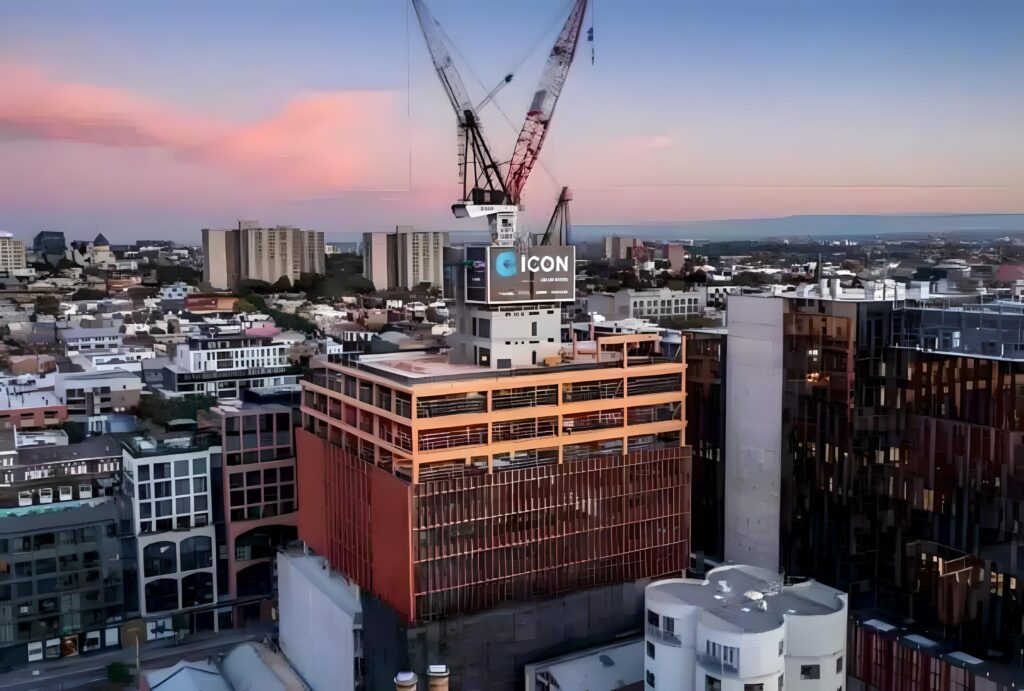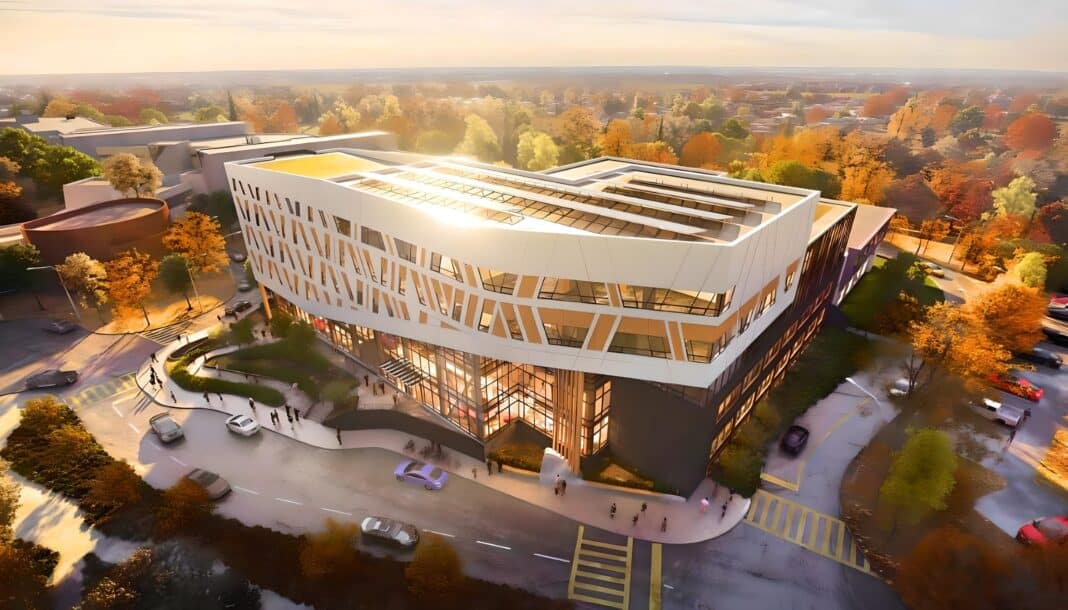One of the world’s largest real estate companies has joined a pledge to eliminate embodied carbon in current and future building stock.
Yesterday, Colliers International – with more than 185 million square metres of real estate under management – signed up to the World Green Building Council’s (WGBC) “The Net Zero Carbon Buildings Commitment.”
Colliers International, which has a presence in 66 countries, along with Jones Lang LaSalle and CBRE, three of the world’s largest real estate companies, all significantly drive decarbonisation across new and retrofitted buildings.
The Commitment, which already has 180 signatories who operate 20,000 assets across the world, challenges companies, cities, states and regions to reach net zero building emissions in their portfolios by 2030 and to advocate for a net zero carbon-built environment by 2050.
Launched in 2018, the Commitment initially tackled operational carbon, but in September 2021, it was updated to include embodied carbon requirements for all new buildings and refurbishments under a signatory’s direct control.
According to the World Green Building Council, “the Commitment promotes aggressive reduction-first strategies, with residual emissions being compensated for via offsets.”
It also calls for emissions from global buildings to be halved by 2030 and advocates for the total decarbonisation of buildings in operation by no later than 2030.
Yesterday, Colliers International said it will achieve the goals through a range of measures “including the use of 100% renewable energy across its operations, the use of low-carbon fit-outs for new and existing Colliers offices, and giving primary consideration when relocating or renewing leases to buildings that demonstrate sustainable performance.”
Sean Drygas, Colliers International Lead for Global Impact & ESG, said, “As a leader in an industry tied to nearly 40% of global carbon emissions, we have an outsized opportunity and responsibility to ensure our operations are net zero.”
“We are proud to be part of this important industry initiative to accelerate change and encourage more firms to join us in decarbonising the built environment,” Mr Drygas said from Toronto, the global headquarters for Colliers International.
The push by the world’s largest developers to target embodied carbon has driven a surge in new and innovative construction materials – with developers looking to engineered timber, bamboo, and biomass to reduce emissions.
In September, the UN published a breakthrough report that urged the construction industry to build less, use more sustainable materials and ‘clean up” traditional materials to meet climate commitments.
It claimed that substituting carbon-intensive building materials, like steel and concrete, for timber will save 40% of global emissions, with processed concrete, steel, and aluminium “responsible for 23% of the overall global emissions.”

As a result, developers are looking to timber-rich new builds and retrofits to meet their climate commitments, with Davina Rooney, the CEO of the Green Building Council of Australia (connected to the World Green Building Council), pointing to a surge in timber-rich buildings registered for 4-star, 5-star and 6-star projects.
“Of all the timber buildings buildings registered with the Green Building Council over history, we’ve done more than 50% in the last three years alone,” Ms Rooney said.
“Developers know the pathway to net-zero in operations,” Ms Rooney said, which includes taking gas out of buildings, securing renewable electricity and better use of ventilation, “but eliminating embodied carbon requires greater work.”
Wood Central spoke to a source at COP28 yesterday who said, “One of the keys to drive greater timber use in buildings – ultimately the best way to reduce carbon in buildings – is to reduce the barriers to its use.”
“That’s why the “Initiative for Greening Construction with Sustainable Wood,” signed by leaders of 17 of the world’s largest consumption markets, is such a breakthrough.”
It “recognises that wood from sustainably managed forests provide climate solutions within the construction sector,” with the group committed to “increase the use of wood from sustainably managed forests in the built environment.”
In addition, it has pledged to advance public policies in wood production, reduce barriers to using timber in construction, scale up research and development in design and construction and promote knowledge transfer between borders.
“Perhaps this will be the driver for the Net Zero Carbon Buildings Commitment signatories to solve the embodied carbon now and into the future,” the source said.






